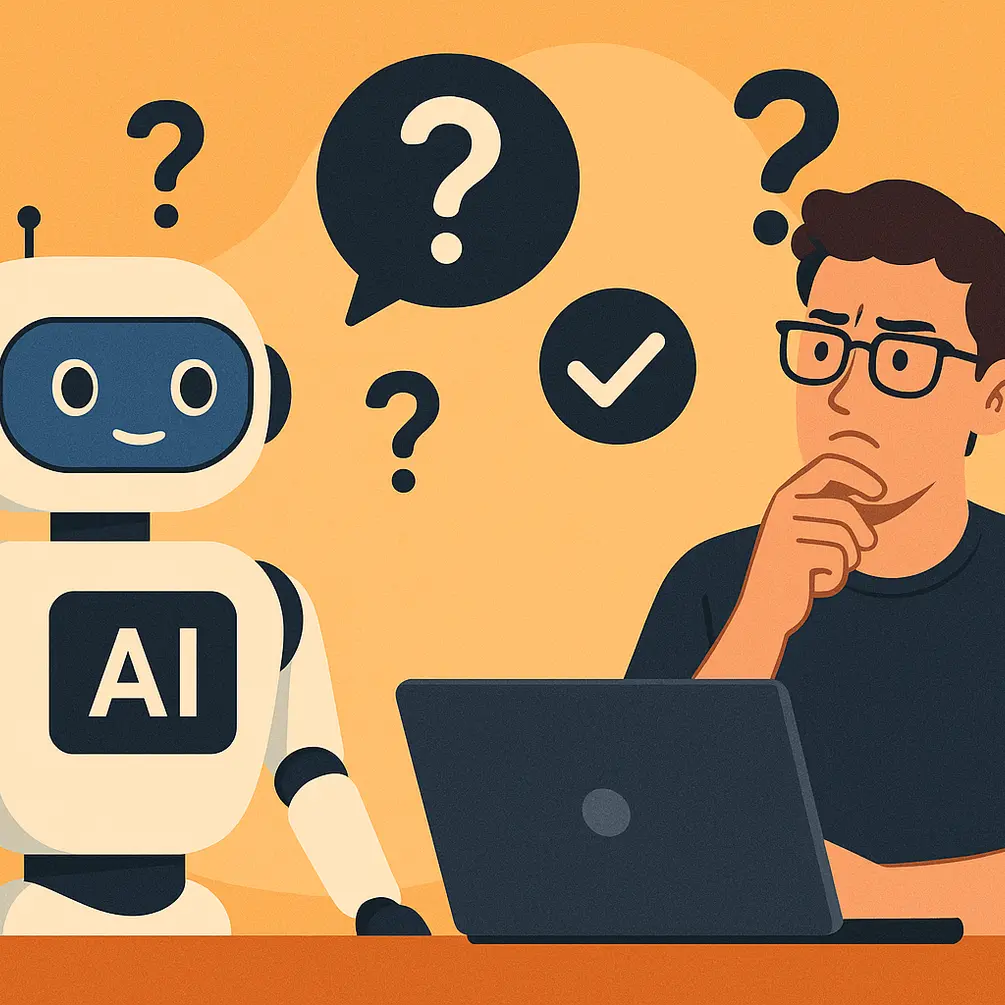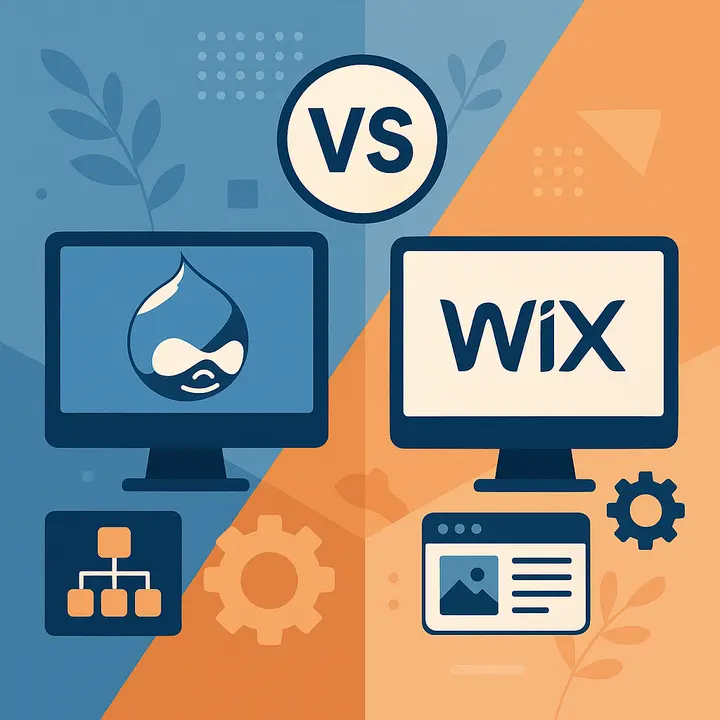Hype or Help? Where AI Tools Really Shine
Let’s cut through the noise. AI tools aren’t writing award-winning algorithms. What they do well is grunt work: scaffolding routes, spitting out tests, fixing mundane bugs, writing that fifth variation of the same Redux boilerplate.
That’s where the ROI happens. Not in deep logic, but in the repetitive underbrush that clogs up sprints.
You’re late on a feature delivery and need to spin up some endpoints? Copilot can sketch the basics faster than you can open Stack Overflow. Need to mock up tests for form validation? Boom, AI has your back. But if you're wrangling messy legacy code or navigating cross-service dependencies? You’re back in the driver’s seat.
And yes, sometimes it misses the mark entirely. One startup CTO we spoke with said Copilot once hallucinated a nonexistent internal API. Funny in retrospect; not great during crunch time.
The Uncomfortable Truth: Are Junior Devs at Risk?
Here’s where things get murky. Entry-level dev roles used to be the training grounds: you learned by doing, often on the small, repetitive tasks. But if AI handles those now, what’s left for the new folks?
There’s no doubt the ground is shifting. Companies are leaner, expectations higher. Why train a junior for six months when a model can fill in the blanks on day one?
A 2023 Stack Overflow survey hinted at this trend: nearly 40% of senior devs said AI made them reconsider how they onboard juniors. That doesn’t mean junior roles vanish but they evolve. The bar moves. New devs need to arrive already semi-fluent in the AI stack, not just React or Python. They need to debug AI output, not just write code.
It’s not panic time, but it is wake-up time.
The New Dev Skillset: What Can’t Be Automated
So, what’s left for humans? More than you think but it’s changing fast.
Systems thinking, architectural planning, context awareness: these don’t translate easily into tokens and probabilities. AI can autocomplete a loop, but it can’t navigate stakeholder tension, interpret fuzzy requirements, or weigh tradeoffs in a legacy rebuild.
You want to be future-proof? Hone the skills AI doesn’t touch: asking the right questions, breaking problems down creatively, communicating why this feature matters more than that one. Think less in syntax, more in systems.
It’s not just about coding anymore. It’s about orchestrating.
Should You Hire Fewer Developers? Or Different Ones?
Founders and CTOs are already feeling the tug. If AI can boost productivity by 20-40%, do you really need that extra hire?
Maybe not. Or maybe you need a different profile altogether.
We’re seeing a rise in hybrid roles: developers who write code and curate AI prompts, QA leads who train custom LLMs to spot edge cases, tech leads who build guardrails around AI-driven pipelines. It’s less about headcount reduction, more about talent recalibration.
AI isn't replacing developers, it's remixing the stack. Teams need fewer pure implementers, more orchestrators. Hiring now means looking for curiosity, critical thinking, and AI fluency as much as language mastery.
At Drupfan, we’re not just adjusting our internal hiring, we’re helping clients do the same through staff augmentation and dedicated development teams. Whether you need AI-savvy engineers to plug into an existing workflow or a full team that understands how to balance automation with real-world complexity, we deliver talent that’s fluent in today’s tools and tomorrow’s challenges. Our focus is on developers who can think critically, collaborate deeply, and work with AI.
So, Where Do We Land?
AI in dev isn’t hype. It’s not a full-on hazard either. It’s a massive shift: messy, powerful, full of promise and potholes.
The winners won’t be the ones who resist it or lean on it blindly. They’ll be the ones who understand it: who build around it, challenge it, make it work for them.





